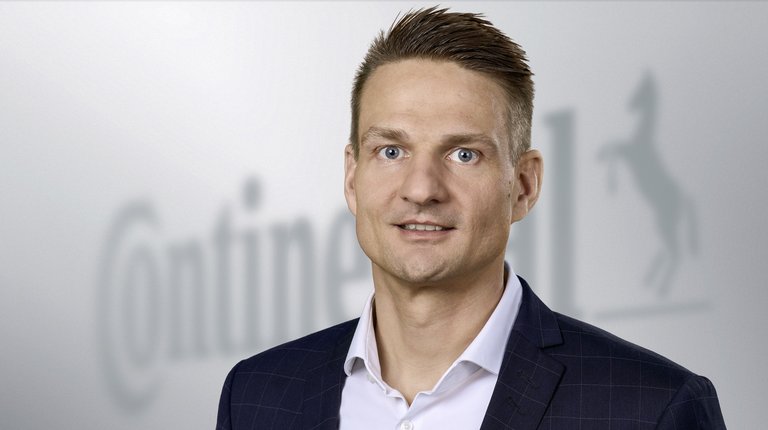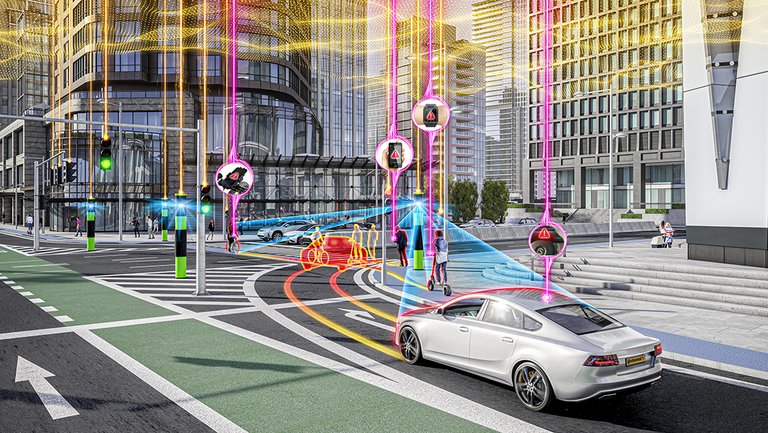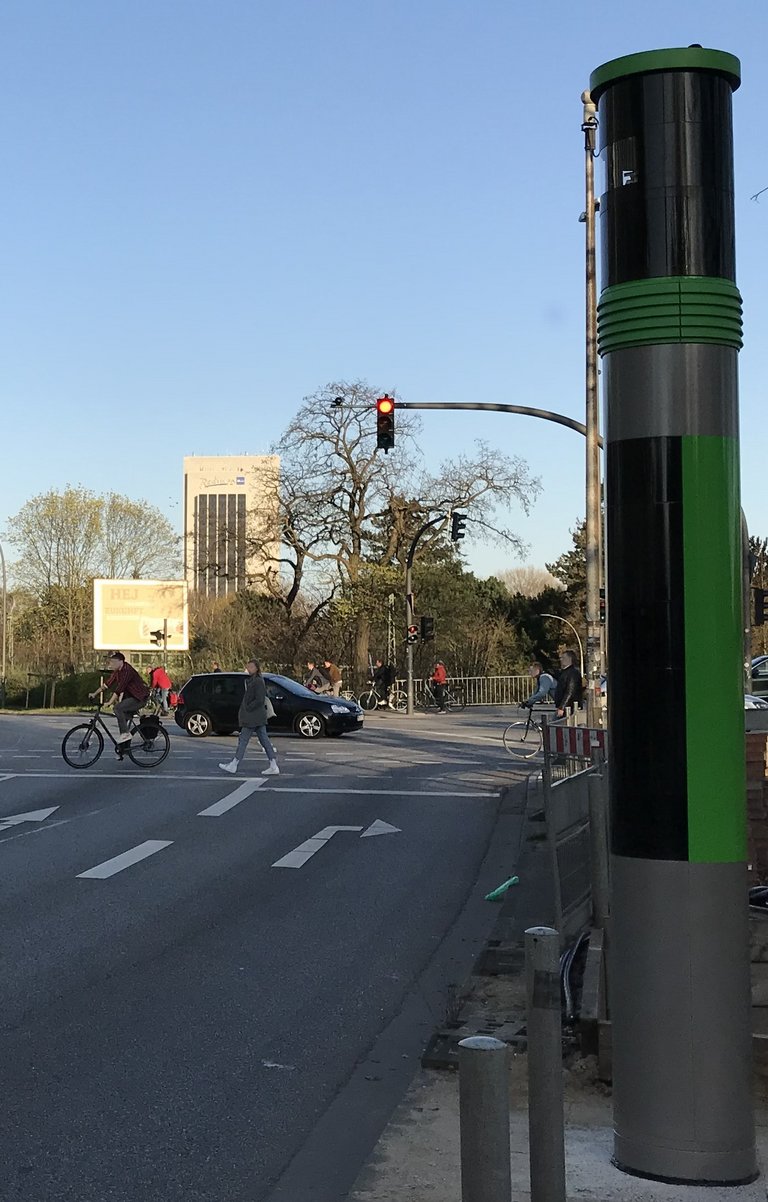Digital Guardian Angel Makes Urban Road Traffic in Hamburg Safer
ITS World Congress 2021
- Real-time collision warning protects particularly vulnerable road users such as pedestrians, cyclists and scooter riders
- Cloud application doesn’t need separate hardware and can be integrated into smartphone apps
- Cooperation between Continental, Deutsche Telekom, Vitronic and the City of Hamburg
Hamburg, Germany, October 4, 2021. Visitors to the ITS World Congress 2021 will experience first-hand how a collision warning system from Continental will act as a digital guardian angel, providing efficient protection for vulnerable road users in the future. The system, which is being further developed in collaboration with technology company Continental, Deutsche Telekom, Vitronic Dr. Ing. Stein Bildverarbeitungs GmbH and the City of Hamburg, warns of collisions in real time using a smartphone. For this, the Continental solution calculates the route over the next five seconds using GPS and speed data from cars and smartphones in a Telekom cloud computer in the immediate vicinity.
For this, the system uses data from traffic objects in intersection areas detected by Vitronic, stop light data and an accurate digital map provided by the City of Hamburg. The warning of an impending collision is sent in real time via Deutsche Telekom’s Low Latency Network to road users who have a corresponding T-Systems app on their smartphones. This is how the digital guardian angel technology protects particularly vulnerable, non-motorized road users such as pedestrians, cyclists or scooter riders, and (of course) motorists from accidents. The solution is currently being tested live as part of the Hamburg real-life laboratory pilot project and has been installed on the test track for automated and connected driving (TAVF).
“For Continental, our ‘Vision Zero’ – zero road accidents – has top priority when developing new products. The digital guardian angel developed in this partnership in combination with our other assistance systems puts us much closer to our goal,” says Dr. Karsten Michels, head of Research and Advanced Development at Continental. “The challenge up to now has been that the sensor technology does not capture all the people around the vehicle, depending on visibility conditions. This makes connectivity via the cloud a much more effective way of reaching and protecting a large number of road users.”
The application does not require dedicated hardware, therefore it can easily be integrated into apps from Deutsche Telekom or urban mobile applications, such as municipal transport providers. The collision warning is integrated into the vehicle functions, so that drivers are warned immediately of imminent accidents.
“A system like this needs a high degree of interconnectivity and information processing speed to function,” says Oliver Bahns, who is responsible for connected mobility at T-Systems. Cars and cyclists transmit their position and acceleration to Telekom’s cloud computers. These then calculate the paths for the next five seconds and send a warning of any impending collision to the car and the cyclist’s terminal device in the event. To ensure that this information reaches both road users as quickly as possible, the cloud computer is always active in the mobile network closest to the possible collision. Multi-Access Edge computing processes the GPS signal in combination with other position and navigation data to locate the road users’ smartphones with an accuracy of less than one meter. Everyone who might be involved in an accident is notified in less than a second. This is done either by a warning on the assistance system in the car or by a visual and acoustic message with a vibration alarm on the smartphone, which is also forwarded to smartwatches. This enables users to respond quickly to prevent an accident
Intelligent intersection that protects against accidents
Together with the Free and Hanseatic City of Hamburg, Continental, Deutsche Telekom and Vitronic implemented the application at an intersection in Hamburg. Here, the IDTE (Intelligent Detection and Tracking Equipment) solution, which is installed and operated by Vitronic in the infrastructure, monitors the entire intersection and provides the data on the identified traffic participants to Continental. Interaction with road users is handled by Continental’s collision warning system. At the intersection area, the system also accesses traffic light data from the City of Hamburg, so that it can warn users heading for the intersection despite red stop lights. The solution even records near misses, which traffic planners can use to make inner-city traffic safer and defuse locations where accidents are frequent. In this way, the partners are making a major contribution to making cities safer and greener.
All cooperation partners – Continental, Deutsche Telekom and Vitronic – will present the solution at the ITS World Congress. The technology, which is being funded by the Federal Ministry of Transport and Digital Infrastructure, is expected to be available for mass roll-out in 2024. In the Bergedorf district of Hamburg, Continental, together with partners, is using self-driving shuttles as a supplement to public transport in another project as part of the real-life laboratory.
Continental at the ITS World Congress 2021
From solutions for the smart city and fleet management to connected systems for greater safety in road traffic to robotics technologies and autonomous shuttles: At the ITS World Congress in Hamburg (October 11–15, Hall B5, Booth 410) Continental is dedicated entirely to the intelligent and autonomous mobility of the future. As part of Hamburg’s real-life laboratory and the national platform for the future of mobility, Continental is also testing various developments in urban traffic in Hamburg. Further information on Continental’s appearance at the trade fair is available here.

Sebastian Fillenberg
Head of External Communications
Continental Automotive

Alena Liebram
Spokesperson Automotive Aftermarket and Automotive Operations & Technology


